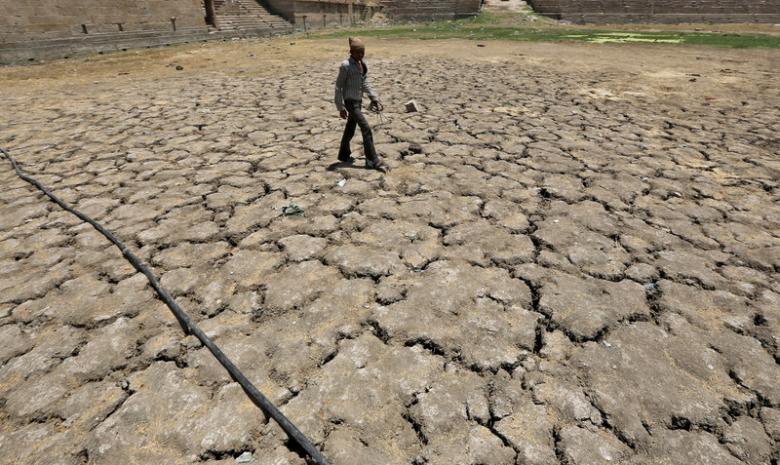Global temperature records set in 2015 – the hottest year so far – may become the new norm by 2025 if carbon emissions continue to rise at the same rate, a new study has warned.
Human activities have already locked in this new `normal’ for future temperatures but immediate climate action could prevent record extreme seasons year after year, said Sophie Lewis from the Australian National University.
“If we don’t reduce our rate of emissions, the record hot summer of 2013 in Australia when we saw temperatures approaching 50 degrees Celsius in some areas could be just another average summer season by 2035,“ she said.

So, what is the idea of a new normal. “We determined that a new normal occurred when at least half of the years following an extreme year were cooler and half warmer. Only then can a new normal state be declared,“ Lewis said.
This process was also used to determine new normal conditions for seasonal and regional changes to the climate, she said.
Using the ANU’s National Computational Infrastructure supercomputer to run climate models, the researchers explored when new normal states would appear under the Intergovernmental Panel for Climate Change’s four emissions pathways.
“The results revealed that while global average temperatures would inevitably enter a new normal under all emissions scenarios, this was not the case at seasonal and regional levels. We found that with prompt action to reduce greenhouse gases, a new normal might never occur in the 21st century at regional levels during the southern hemisphere summer and northern hemisphere winter,“ she said.
(Feature image source: Reuters)

















